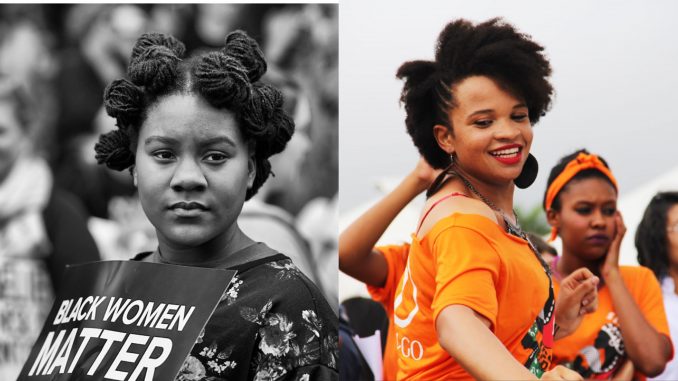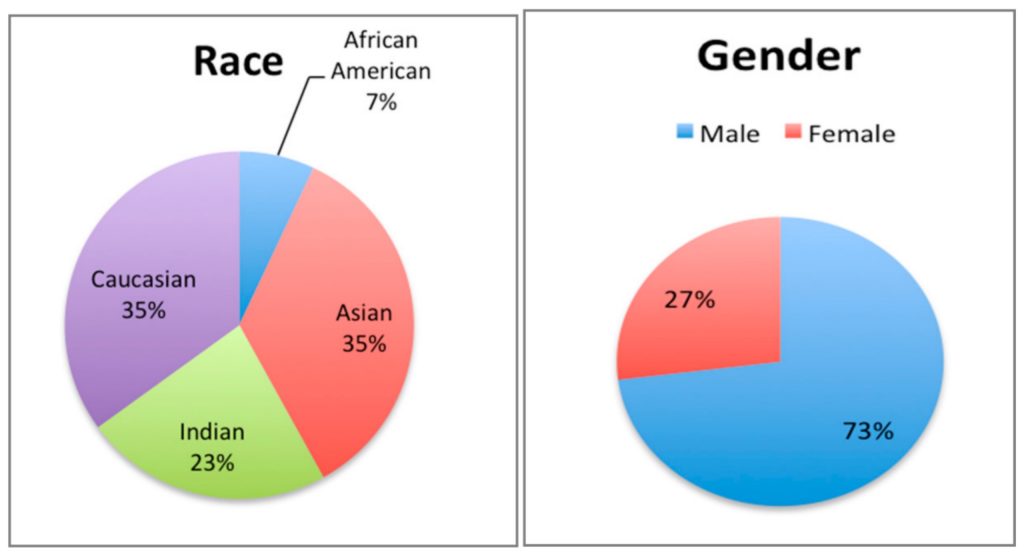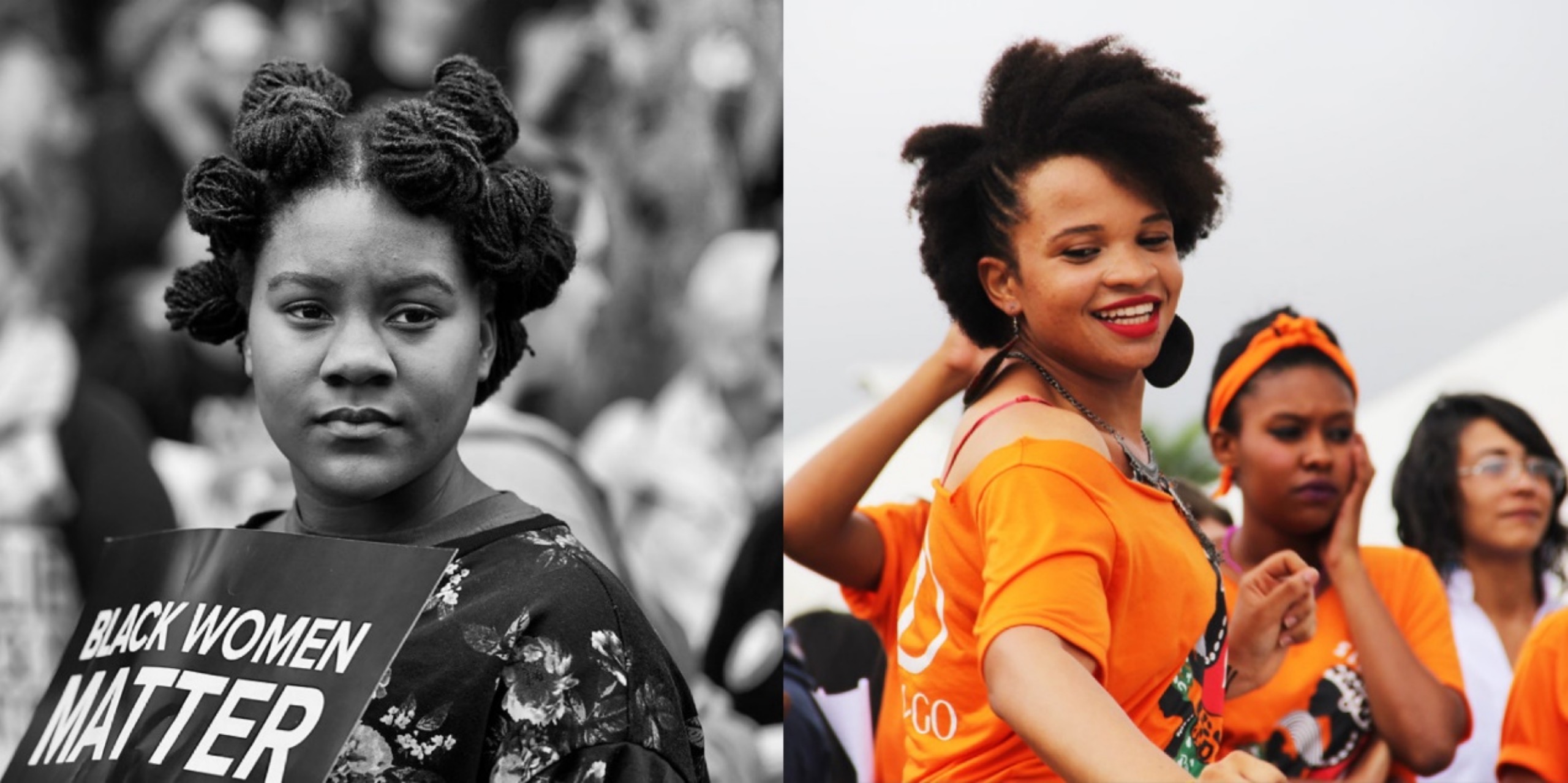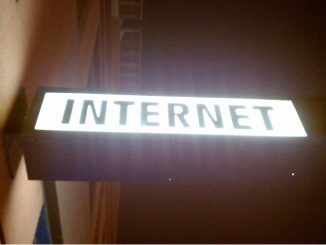
Structural inequalities have been exposed with the growth of the Internet and are inevitably influenced by factors such as Internet data. In the era of Big Data, the algorithm’s labelling of gender and race and the solidification of racial superiority and gender antagonism are analysed using the typical search engine Google as a sample. The primary manifestation is the subjective guidance of the narrative agency, which further proves that data algorithms are infinitely amplified for such inequalities.
Algorithms for the “labelling” of female
Topics and social phenomena related to race and gender have been essential in increasing the number of hits on the Internet. In the trajectory of Internet development, it is easy to see that women as a subject have been marginalized. Both the rise of media platforms and the refinement of algorithmic technology have, to some extent, provoked gender antagonism and racism. In the article “In algorithms of oppression: how search engines reinforce racism”, Noble mentions that the search engine’s results for the keyword “black girl” have a sexual connotation (Noble, 2018), which proves the contempt that search engines have for women, especially blacks as a group. Similarly, when searching for black men, most of them are related to negative keywords such as crime, drugs, etc. The development of digital technology has made the results provided by the algorithm too subjective. In just one computer industry, most men hold the majority of positions.
Conversely, women in this industry experience a much higher share of gender discrimination. According to the study, only 22% of women are in AI science, and most are likely to be in relatively low-level technical jobs (Smith, 2021). As a result, the algorithm of the search mechanism is dominated by men, resulting in the lack of women on the Internet. This is because men still have the leading voice in society, and labelling women negatively through algorithms undoubtedly exacerbates this structural inequality. Not only that but there is also unconscious racial competition in male status. It often seems that white men are algorithmically labelled as superior. There are many advertisements highlighting masculinity in brand placement that feature white men. Machine language is one of the areas where discrimination is observed because of certain social biases in the perception of men and women (Pedro, 2021). As mentioned in Pedro’s article, words are an obvious example to reinforce gender stereotypes. For example, the word “housewife” tends to represent a woman, while “programmer” is by default a male word. Such terms are based on algorithmic biases and cognitive biases of artificial intelligence. However, the development of the Internet has led to the existence of this stereotypical labelling of algorithms because of the business value that algorithmic data brings. And with the rise of self-publishing platforms, this inequality has been intensified.

Figure 1: Search engines show results for ‘black girl’ (Noble, 2018)
Internet media prejudice and potential commercial value
A significant feature of the development of the Internet is the birth of self-media platforms. The media environment school of Harold Innes’ media bias theory states that the media’s physical characteristics determine its communication bias and that media bias gives rise to new cultures and creates a monopoly of power for specific groups. The emergence of social media has broken the monopoly of elite discourse and made pluralistic discourse possible. The highly participatory and interactive social media has enabled many Internet users to discuss gender-opposed events. However, there is a large amount of assertive news on the Internet that lacks evidence. These assertive news often contain pre-prepared opinions of the newsmakers, which can influence the public’s ability to judge truth and falsity in advance. At the same time, social media makes information-carrying negative emotions spread rapidly, strengthening the emotional resonance of Internet users, and these homogenized information makes Internet users gradually ignore the facts and start to vent their emotions in a big way, thus forming an emotional orgy. In this platform of free speech, the prejudice against women and minority groups is also fully reflected. Sexual minorities have been a topic that has been widely discussed by society. And prejudice holders and make a big deal of their discrimination against this group through the Internet. This has led to the suppression of their existence on the Internet. The seemingly free online environment is dominated by minority groups holding the power of discourse. The operator behind the media platform to gain traffic and commercial value, the media cater to the audience’s tastes and respond to public opinion. When the “individual stigmatized” hear this voice, they will increase their actions to echo the stigmatization of sexual minorities in society. The representatives of the “stigmatizers” gradually become louder because of the media’s acquiescence and even support, while the voices of the “stigmatized” are always at a disadvantage in contrast to the mainstream media’s public opinion guidance and are unable to convey their perceptions to a broader audience. In this contrast between the solid and weak voices, the media amplifies the stereotypes imposed by the “stigmatizers” on the “stigmatized” in the mimetic environment they create.

Open AccessArticle A Study of Gender Bias in Face Presentation Attack and Its Mitigation © 2021 by MDPI is licensed under CC BY-NC-ND 4.0
Table 1 A study of gender bias in face presentation attack and its mitigation
But on the other hand, these confrontational conversations generate a lot of traffic and commercial incitement for the media. In an article about representative minorities in the media, Marguerite notes that when the topic of homosexuality is associated with celebrities, the news develops a journalistic approach to creating and exploiting high-visibility personalities (Marguerite, 1992). Even in modern society, this is still considered a way to attract heat.
The trajectory of feminism on the Internet
The most crucial point is that the media is not a place where only males exist. In recent years, feminism has benefited from the spread of the Internet and has snowballed. The earlier growth of feminism in the news media has been attacked mainly by male-dominated theories. According to dualism, feminism is labelled as “bad” when it contrasts with male norms that show the “good” side of society (Pamela, 1992). In one of the early feminist movements, the media continually degraded and gave the news the message that feminists were “bras burner”, which shows that the news “minimizes the rational and intensifies the emotional” to appeal to the receptive mood of the audience in a patriarchal society (Douglas, 1994).
Along with the awakening of women’s ideology, there has been an increase in women’s online movements. Women like Emma Watson, who dare to accuse Harvey of sexual harassment on the Internet and are brave enough to express their opinions, are certainly encouraged to fight against this injustice. These campaigns are targeted and effective in fighting for the rights and interests of the target women, enabling society to recognize and understand true feminism and playing a positive role in promoting feminism.

Black Women’s March against Racism and Violence © 2015 by UN Women is licensed under CC BY-NC-ND 4.0
Figure 2:Black Women’s March against Racism and Violence
Conclusion
As a result, there are many reasons why gender dichotomy can become a “flow code” in the network, such as inadequate supervision of platforms, unscrupulous self-publishing, and a traffic-oriented environment, etc. From the individual point of view, the best way not to fall into the trap of gender dichotomy is to be vigilant to the fragmented thinking and maintain the ability to think independently.
References
Beck, D. B. (1998). The “F” word: How the media frame feminism. NWSA Journal, 10(1), 139-153. https://www.jstor.org/stable/4316558
Creedon, P. J. (1993a). Framing feminism—A feminist primer for the mass media. Media Studies Journal, 7(1/2), 69-80.
Creedon, P. J. (1993b). The challenge of re-visioning gender values. In P. J. Creedon (Ed.), Women in mass communication (2nd ed., pp. 3-23). SAGE Publications.
Douglas, S. J. (1995). Where the girls are: Growing up female with the mass media. Three Rivers Press.
Moritz, M. J. (1992). How US news media represent sexual minorities. In P. Dahlgren & C. Sparks (Eds.), Journalism and popular culture (pp. 154-170). SAGE Publications.
Noble, S. U. (2018). A society, searching. In S. U. Noble (Ed.), Algorithms of oppression: How search engines reinforce racism (pp. 15-63). New York University Press.
Orgeira-Crespo, P., Míguez-Álvarez, C., Cuevas-Alonso, M., & Rivo-López, E. (2021). An analysis of unconscious gender bias in academic texts by means of a decision algorithm. PLoS ONE, 16(9), Article e0257903. https://doi.org/10.1371/journal.pone.0257903
Smith, G., & Rustagi, I. (2021, March 31). When good algorithms go sexist: Why and how to advance AI gender equity. Stanford Social Innovation Review. https://ssir.org/articles/entry/when_good_algorithms_go_sexist_why_and_how_to_advance_ai_gender_equity



